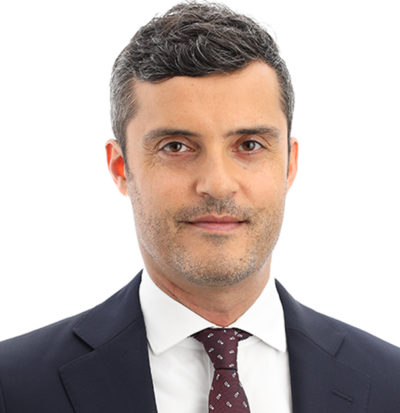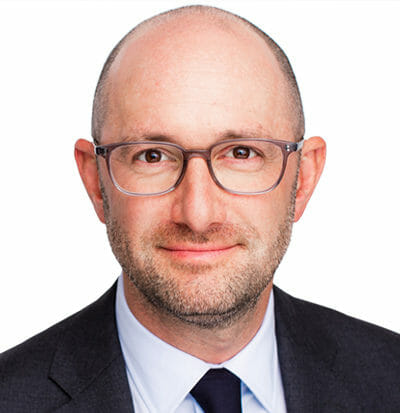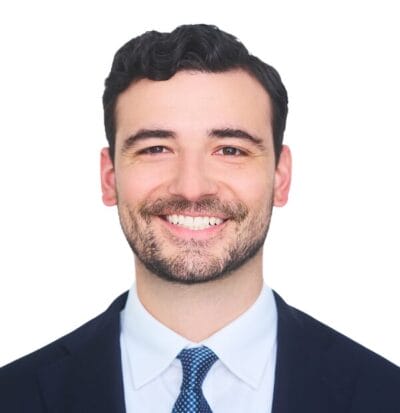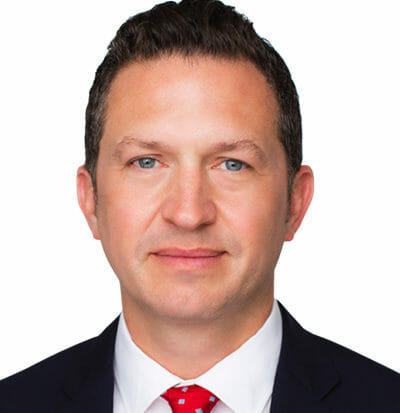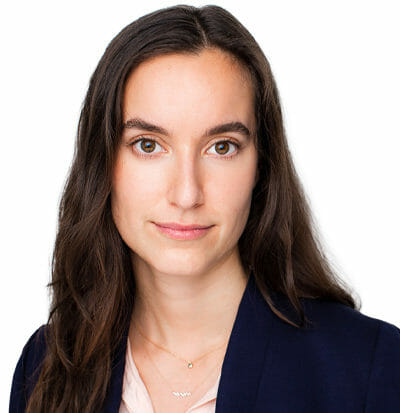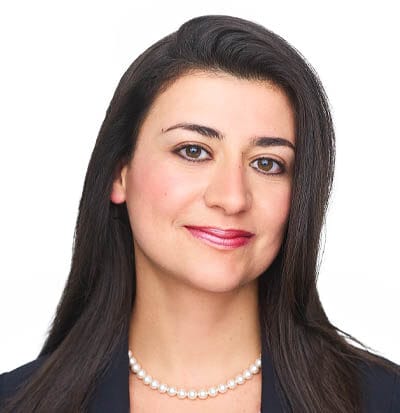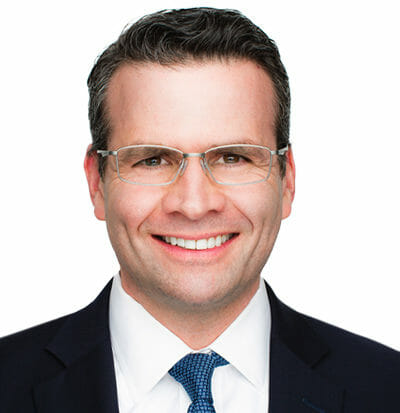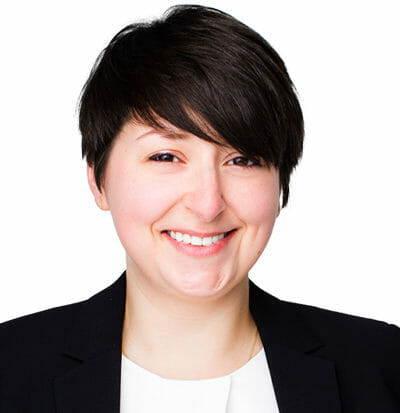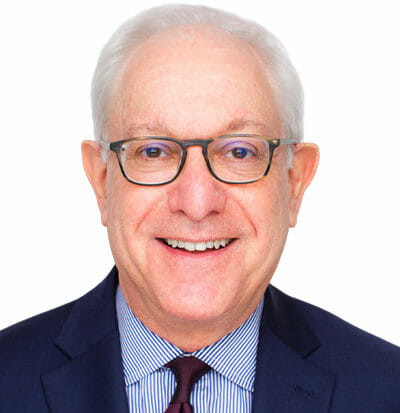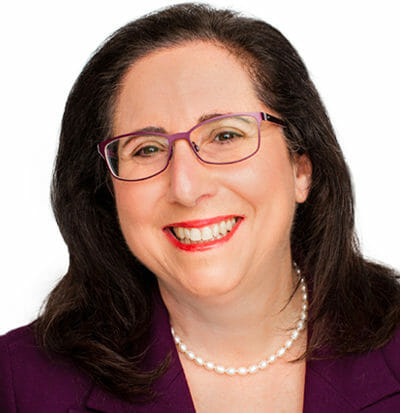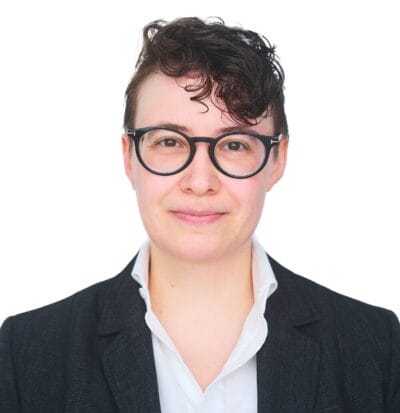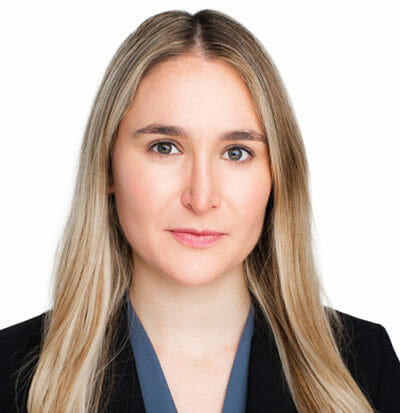The Eurasian Economic Union was created in 1994, culminating in the 2014 Treaty on the Eurasian Economic Union (EAEU). The current members of this trading block are Armenia, Belarus, Kazakhstan, Kyrgyzstan, and the Russian Federation, plus three observer states (Cuba, Moldova, and Uzbekistan). From the beginning, the EAEU envisioned creating a unified IP protection and enforcement system. The first step in this direction was the entering into force, in 1995, of the Eurasian Patent Convention, comprising eight member states (Armenia, Azerbaijan, Belarus, Kazakhstan, Kyrgyzstan, Russia, Tajikistan, and Turkmenistan). This system is administered by the Eurasian Patent Office (EAPO). The most recent development on the patent front was the EAPO Pharmaceutical register, which came into force on March 1, 2021.
Trademarks: Of particular interest for trademarks is the Agreement of EAEU Trademarks, Service Marks, and Appellations of Origin (EAEU TM Agreement), signed by all EAEU member states on February 3, 2020 (namely, Armenia, Belarus, Kazakhstan, Kyrgyzstan and the Russian Federation). The Agreement has now been ratified by all member states and entered into force on April 26, 2021. The EAEU TM Agreement provides for, inter alia (1) one application covering all five member states, (2) filing through any national office of a member state, (3) Russian as the basic language, (4) required acceptance of the application in all member states, (5) a three-month post-publication opposition period, (6) a three-year non-use period(7) conversion into national TM application prior to registration under certain circumstances (mainly if the mark is rejected in one or more member states), (8) a ten-year registration term from date of filing, (9) filing date as priority date and (10) Paris Convention priority included. Of special importance is the prerequisite that the identical mark must have been registered for the same goods or services in all member states. In terms of process, the application may be filed in any member state office, which conducts formal examination within one month of filing. Substantive examination is carried out in all member states, with a decision required within six months. If an application is rejected in one member state, the application cannot proceed in the others without conversion in each country where the mark is not rejected. There is no need to appoint representatives in each member state. One anticipated benefit is that if the resulting registration is attacked for non-use, proof of use in one or more member states would suffice to defend. Enforcement would be handled by local member states under their applicable local laws. There remain many open questions, including whether a registrant can safely let go of local registrations once the EAEU has matured and how this system would coordinate with the Madrid system (though it is anticipated that the EAEU will join Madrid).
Customs Watch: In addition, an EAEU Customs Union was created in 2020 and a Customs Register for IP Rights (EACR) is being established. Regulations for implementation were approved in 2018. The EACR provides for one customs watch for all member states and covers trademarks and copyrights (and related rights) only. The subject right must be protected in all member states. An application can be filed in one member state, but must be approved by all member states. Review takes seven weeks, with a two-year term, which can be extended. A controversial aspect of this system is that an applicant for customs watch must submit proof of previous infringement in at least one member state. This requirement is similar to one found in the Russian Customs Regulations; such a requirement was abolished in Kazakhstan early this year and it is an open question whether the Russian requirement will be abolished.
Industrial Designs: The Eurasian Industrial Design Protocol was adopted in 2019 and was recently signed by all eight member states of the EAPC. The status of entry into force at this writing is: March 17, 2021 (Armenia, Kyrgyzstan, Azerbaijan), April, 2021 (Russian Federation, Kazakhstan), with no date yet for Belarus, Turkmenistan, and Tajikistan. The Protocol provides for coverage in all member states and a five-year term extendable to a maximum of twenty-five years. The application can be filed in the Eurasian Patent Office or through any of the national offices of the member states. As with the EAEU TM Agreement, the procedural language is Russian and the application review is to take about six months.
Important Caveat: All of these developments (with the exception of the EAPO) are quite new and continue to evolve. There are many open questions about the operation and pros and cons of these systems. We are following these developments and will report further as new information becomes available.



